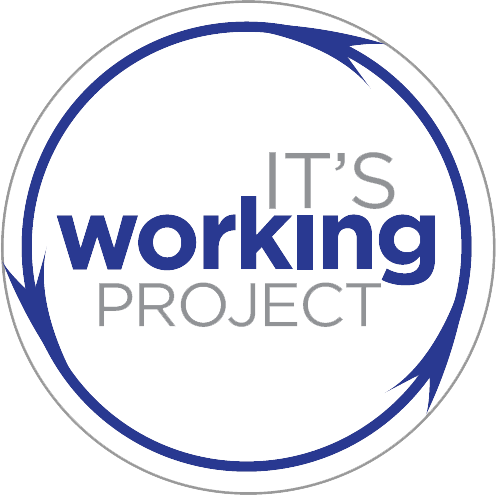In the media: Harvard Business Review
Date: September 14, 2020
As Covid-19 grew into a pandemic, Michael Schaffer, a father of three in a dual-working household, worried a lot: about his parents in Delaware; about his highly creative, curious, and social kids, who’d had to switch to remote learning; and even about his dog, who was now sharing the home with everyone 24/7. But what Mike did not worry about was his role at Edelman, where he was Senior Vice President, Digital + Corporate. While friends, family, and colleagues all around him had to suddenly adjust to remote work, he’d already been doing it for close to 18 months. That’s how long it had been since he and his family had moved from Washington, DC, to Los Angeles for his wife’s career. Edelman was committed to supporting the shifting needs of its employees and their families, even if they had to relocate, and to that end the company had put in place a set of technologies, protocols, tools designed to help enable remote work — which had made it possible for Mike to move to Los Angeles with his family but still stay on the DC team that he loved. He felt lucky.
The It’s Working Project, where I make sense of the challenging and ever-evolving intersection between work and caregiving, has interviewed employees and HR departments about how their workplace dynamics are shifting during Covid. It’s important that workplaces get this right, because although one-third of the US workforce is considered essential and has been on the job through the Covid-19 pandemic, most of the rest of American workers have shifted to remote work, some of them probably permanently. It’s been a bumpy experience for many employers and workers, especially parents, but in recent conversations with Mike and others I’ve noticed a compelling pattern: The workplaces that are thriving today are those that had already invested in family-centric policies and are building on what they’d learned.
As late as February, when companies committed themselves to family-friendly benefits by offering flexible work days, back-up-care reimbursement, and remote working options, and by prohibiting end-of-day meetings, they typically did so in the name of recruitment, retention, and brand culture. But no longer. Some of these programs grew out of the economic realities of a formerly low unemployment rate, they’ve left organizations well positioned for the quickly shifting workplace dynamics of Covid-19. To understand how — and why — I’ve begun collecting the stories of workers.
Let’s consider a few here.
Click here to read the full article.
